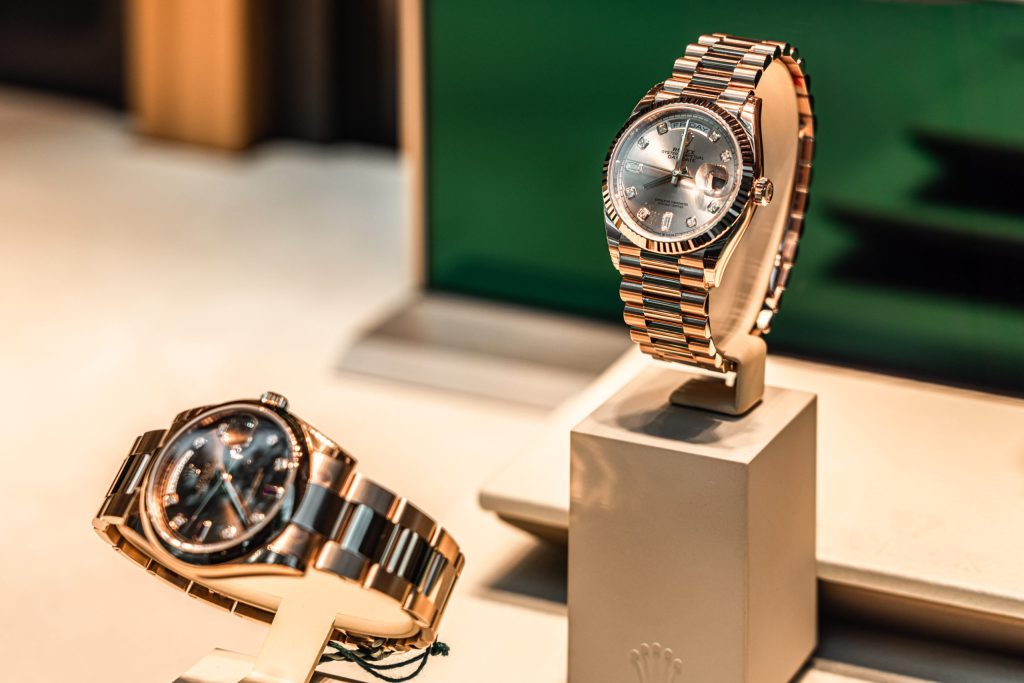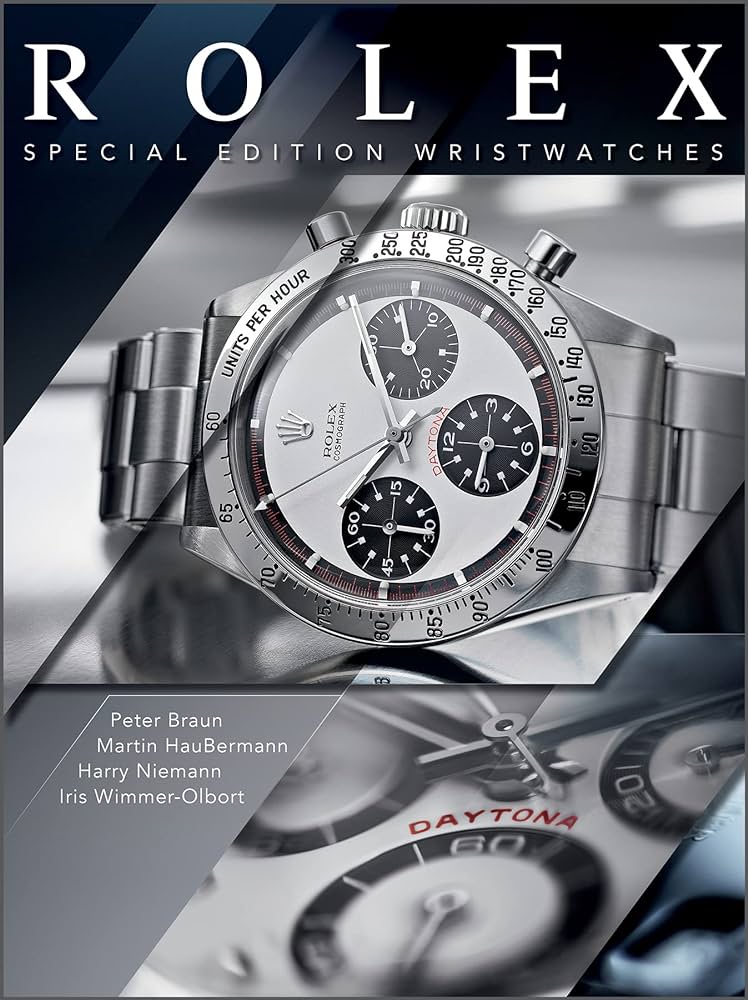Rolex watches have long been synonymous with luxury, craftsmanship, and timeless elegance. However, in recent years, the prices of Rolex timepieces have been steadily increasing, leading many to wonder why these iconic watches are becoming even more expensive. In this article, we will explore the factors contributing to the rising prices of Rolex watches and shed light on the current market trends that are driving their increased demand and value.

Rarity and Exclusivity:
One of the key factors behind the soaring prices of Rolex watches is their inherent rarity and exclusivity. Rolex carefully controls the production and distribution of its timepieces, ensuring that only a limited number of watches are available each year. This scarcity creates a sense of desirability and drives up the demand for Rolex watches, ultimately leading to higher prices in the market.
Impeccable Craftsmanship:
Rolex has established a reputation for exceptional craftsmanship and quality. Each Rolex watch is meticulously assembled by skilled artisans using the finest materials, including precious metals and gemstones. The brand’s commitment to precision and attention to detail ensures that every timepiece meets the highest standards of excellence. The combination of superior craftsmanship and the Rolex name contributes to the premium pricing of these watches.

Long-Term Value:
Rolex watches have long been recognized as a symbol of status and wealth. Over time, these timepieces have proven to be excellent investments, often appreciating in value. Collectors and enthusiasts are willing to pay a premium for a Rolex watch, knowing that they are acquiring a piece of horological history that may retain or increase its value over time. The potential for long-term value appreciation further drives the demand and prices of Rolex watches.
Brand Prestige and Heritage:
Rolex’s reputation as one of the world’s most esteemed watchmakers plays a significant role in the brand’s pricing strategy. With over a century of heritage and a legacy of innovation, Rolex has built a brand image synonymous with luxury and excellence. The association with Rolex represents a status symbol, and consumers are willing to pay a premium to own a timepiece from such an esteemed brand.
Inflation and Currency Fluctuations:
Inflation and currency fluctuations also impact the prices of luxury goods, including Rolex watches. As the cost of raw materials, labor, and production increases, brands like Rolex adjust their prices to maintain profitability. Additionally, fluctuations in exchange rates can affect the final price of Rolex watches, especially for international buyers. Currency devaluations or fluctuations can make Rolex watches more expensive in certain markets.

Secondary Market Demand:
The secondary market for Rolex watches, also known as the resale market, has witnessed significant growth in recent years. The scarcity of new Rolex watches, coupled with the increased popularity of collecting vintage and limited-edition models, has led to a surge in demand for pre-owned Rolex watches. As a result, the prices of certain models have skyrocketed in the secondary market, influencing the overall perception of Rolex’s value and contributing to higher prices across the board.

The rising prices of Rolex watches can be attributed to a combination of factors, including their inherent rarity, impeccable craftsmanship, brand prestige, and long-term value. Rolex carefully controls its production and distribution, creating a sense of exclusivity and desirability among consumers. The brand’s commitment to exceptional craftsmanship and its reputation for being a sound investment further contribute to the premium pricing. Additionally, factors such as inflation, currency fluctuations, and the strong demand in the secondary market also impact the prices of Rolex watches. As Rolex continues to uphold its legacy of excellence, these factors are likely to contribute to the sustained growth in the prices of these iconic timepieces.